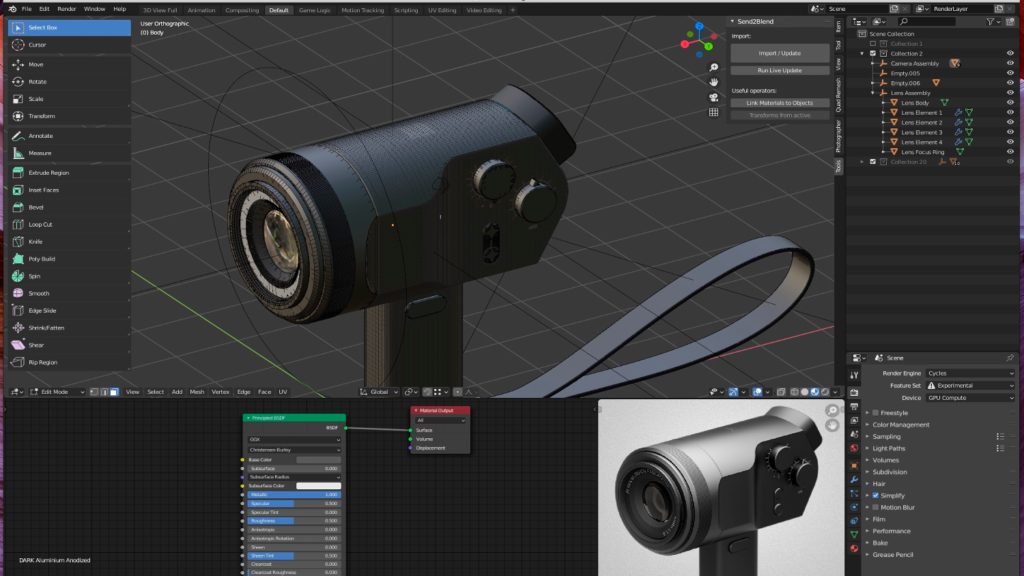


45 kg (1 lbs) for the charger+cables, EU version Wireless 6 (Mediatek MT7921), Bluetooth 5.0Ģx USB-A 3.1 gen1, 1x USB-A 2.0, 1x USB-C gen1 with data, HDMI 1.4b, microSD card reader, audio jackĦ3 Wh, 120W barrel-plug charger with quick-chargingģ60 mm or 14.19” (w) x 235 mm or 9.26” (d) x 19.9 mm or 0.78” (h)ģ.7 lbs (1.68 kg)+. Specs as reviewed – Asus VivoBook Pro 15 OLED M3500Īsus VivoBook Pro 15 M3500QC and M3500QA modelsġ5.6 inch, FHD 1920 x 1080 px, 60 Hz, OLED, glossy, non-touch, 400-nits, Samsung SDC4161 panelĪMD Radeon Vega + Nvidia GeForce GTX 3050 4GB (35-50W) – on Pro 15 M3500QAġx M.2 PCIe x4 SSD (Samsung PM9A1), single M.2 2280 slot We’ll also cover the Intel-based VivoBook Pro 15 series in a separate article, but for now, let’s find out what this AMD model is all about. Our test unit is the M3500QC model that pairs an AMD Ryzen 7 5800H processor with 16 GB of RAM and an Nvidia RTX 3050 dGPU, but we’ll also discuss the M3500QA variants in this article, which run on either Ryzen 5 5600H or Ryzen 7 5800H processors with Raden Vega iGPUs, as well as the top Ryzen 9 5900HX configuration, in case you’re considering any of those.

All these start from around 700 EUR for the base configurations over here in Europe at the time of this article.Īsus offers the VivoBook Pro 15 series in a couple of different configurations, and this here is the AMD-based Pro 15 M3500 subseries. It’s a nice-looking and well-built design with good inputs and IO and competent hardware in this AMD variant tested here, paired with a large battery and an OLED display with punchy colors, excellent contrast, and good brightness.


 0 kommentar(er)
0 kommentar(er)
